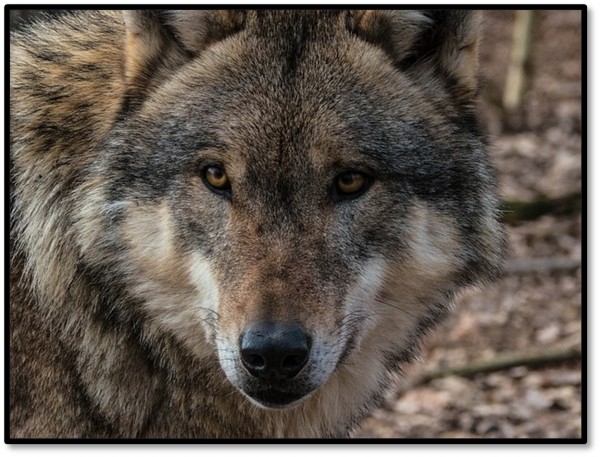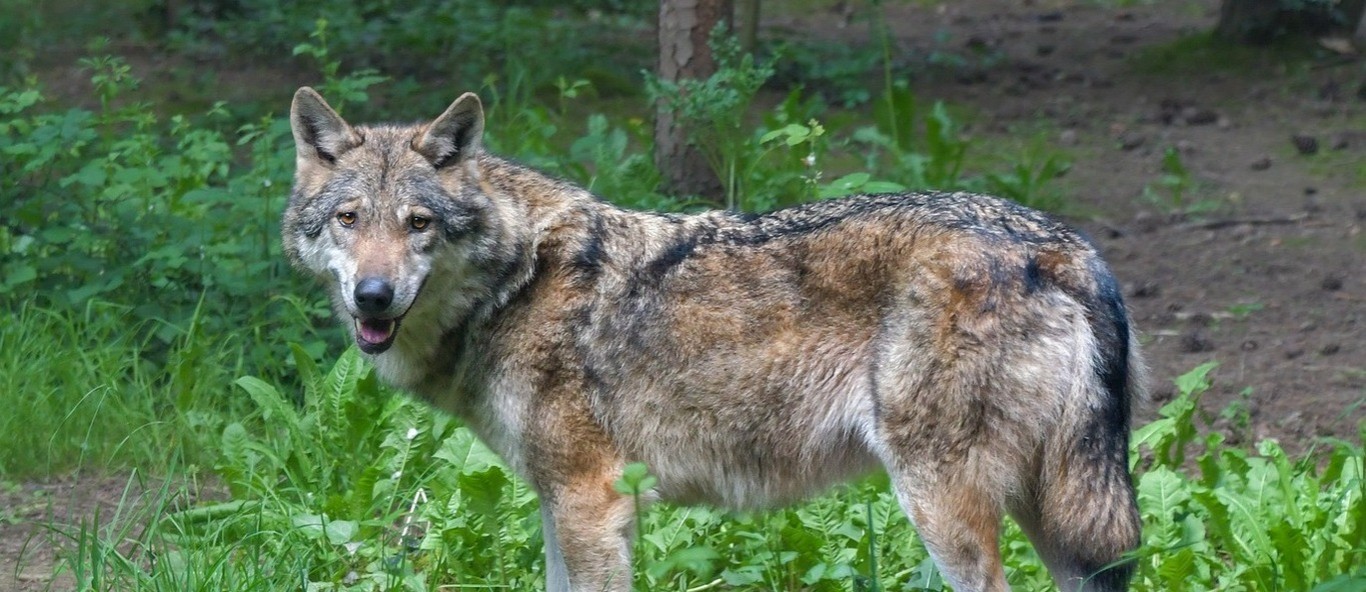Gray Wolf

Gray Wolf
Canis Lupus
-
Wolves are the largest members of the dog family.
-
The Grey Wolf is known as the Timber Wolf in North America and the White Wolf in the Arctic, or more generally as the Common Wolf.
-
Wolves are social animals and usually live in packs consisting of 8 to 12
-
Despite the "gray wolf" name, the wolves' coats range in color from black and gray to nearly white.
Population: Wolves are common in all parts of the Northern Hemisphere. The gray wolf was removed from the Federal Threatened and Endangered Species List in January 2012 but was re-listed in December 2014. It is a Wisconsin Special Concern species.
Size: Adult gray wolves are 4 to 6.56 feet long and weigh about 40 to 175 lbs. As its name indicates, the gray wolf typically has thick gray fur, although pure white or all black variations exist.
Habits: Wolves hunt and travel in packs. Packs don't consist of many members, though. Usually, a pack will have only one male and female and their young. This usually means about 10 wolves per pack, though packs as large as 30 have been recorded. Packs have a leader, known as the alpha male. Each pack guards its territory against intruders and may even kill other wolves that are not part of their pack. Wolves are nocturnal and will hunt for food at night and sleep during the day.
Diet: Wolves are voracious eaters. They can eat up to 20 lbs. (9 kg) of food during one meal. Since they are carnivores, their meals consist of meat that they have hunted. Gray wolves usually eat large prey such as moose, goats, sheep, and deer. Normally, the pack of wolves will find the weakest or sickest animal in a herd, circle it and kill it together. Wolves are known to attack and kill domestic animals as well as animals they find in the wild.
Mating and Young: Young wolves are called pups. The leader of the pack and his female mate are usually the only ones in a pack that will have offspring. They mate in late winter. The female has a gestation period of nine weeks and gives birth to a litter consisting of one to 11 pups. When the pups are born, they are cared for by all of the adult wolves in the pack. Young pups start off drinking milk from their mother, but around five to 10 weeks they will start eating food regurgitated from adult pack members. At six months, wolf pups become hunters, and at 2 years old they are considered adults. On average, a wolf will live four to eight years in the wild.
Information from: https://www.livescience.com/27909-wolves.html and https://dnr.wi.gov/topic/EndangeredResources/Animals.asp?mode=detail&SpecCode=AMAJA01030
To download this info: Click Here

